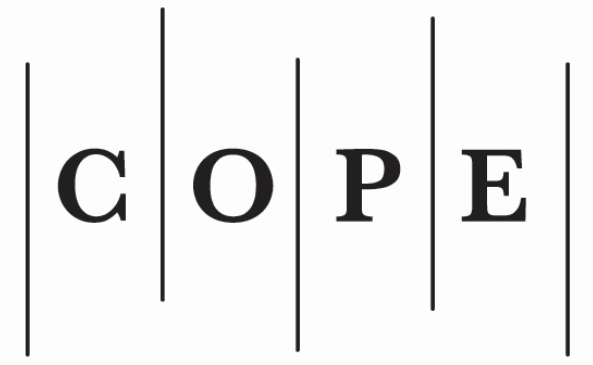Sustainable development of agriculture: policy formulation and assessment of constraints
##plugins.themes.bootstrap3.article.main##
Abstract
The theory of sustainable development has become a key concept according to which the European Union and other developed countries have been formulating the long term agricultural policy over the past few decades. Applying this theory into practice, the challenges which derive from the integrity of the objectives of sustainable development are being faced. The different achievements of various countries indicate that the effectiveness of sustainable development policy depends not only on how the various levels of institutions manage to reconcile environmental, social and economic objectives but also on whether the system of sustainability assessment immediately signalizes about the lack of implementation of the measures and creates the prerequisites for a timely policy review. This paper, by applying the different models of sustainable development, presents the principles for developing a system of sustainability assessment of agriculture with a focus on the identification of sustainability constraints arising in relation to insufficient reproduction of environmental, human and manmade capital. The system of sustainability assessment of agriculture in this paper is based on the interdependence of environmental, social and economic factors and aims to determine the causes of unsustainable development and allows to define the contribution and need for an intervention of the various levels of institutions in the implementation of sustainable agricultural development policy.
##plugins.themes.bootstrap3.article.details##
Section
Implementation of Economic and Social Policy
Authors contributing to Public Policy and Administration agree to publish their articles under a Creative Commons Attribution-NoDerivatives 4.0 International Public (CC BY-NC-ND) License, allowing third parties to share their work (copy, distribute, transmit) and to adapt it, under the condition that the authors are given credit, and that in the event of reuse or distribution, the terms of this licence are made clear.








